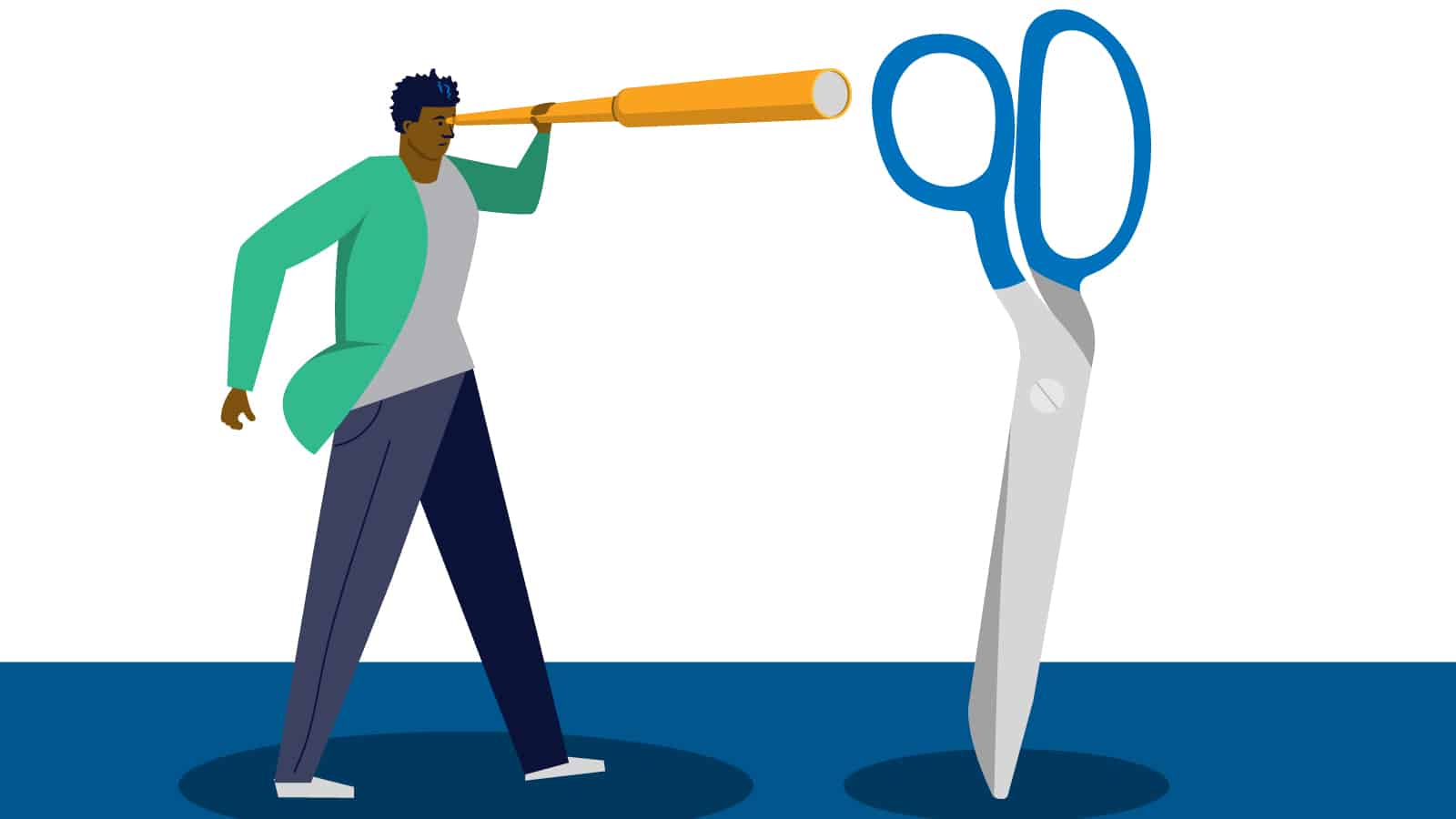
By David LaSalle, STATMed Learning Instructor
The Red Scissors Problem: Avoid this Mental Trap When Reading Boards Exam Questions
The other day I was digging through the junk drawer in the kitchen looking for a pair of scissors, and for the life of me I could not locate them. I was alternating between rooting through the odds and ends of the drawer and calling to my wife to see if she knew where they could have gone. She kept insisting they were in there, but I was becoming more and more convinced that those scissors — those red-handled scissors — were not in the drawer. And then she walked over and within seconds plucked the scissors from the drawer — the scissors we’ve always owned, the ones that live in the junk drawer — the scissors with the blue handles.
This happens with our clients sometimes as they are working with answer sets in their boards exam questions. They will tell me (after having attempted and missed a question) “Answer B is completely true, when I think about it. But it wasn’t what I was looking for!”
The key part of that sentence is: “When I think about it.” What is happening is that they are testing for recognition, and therefore not deeply processing each answer on its own merits. In other words, they’re looking through the answer set for the scissors with the red handle and can’t see the blue-handled pair right in front of their eyes.
The remedy to this? Every single answer needs to get its fair day in court. This means that every answer option needs to be dealt with on its own merits, taken back to the prompt and the clues from the passage (and not just compared against your hypothesis) to see if it matches. This is a grind, yes, but if you don’t consistently do this work and build this habit, you may fail to see what is right under your nose — the perfectly good answer that just doesn’t match exactly what you thought you were looking for.
If this sounds familiar, we can help. Check out STATMed’s Boards Workshop to learn more.
